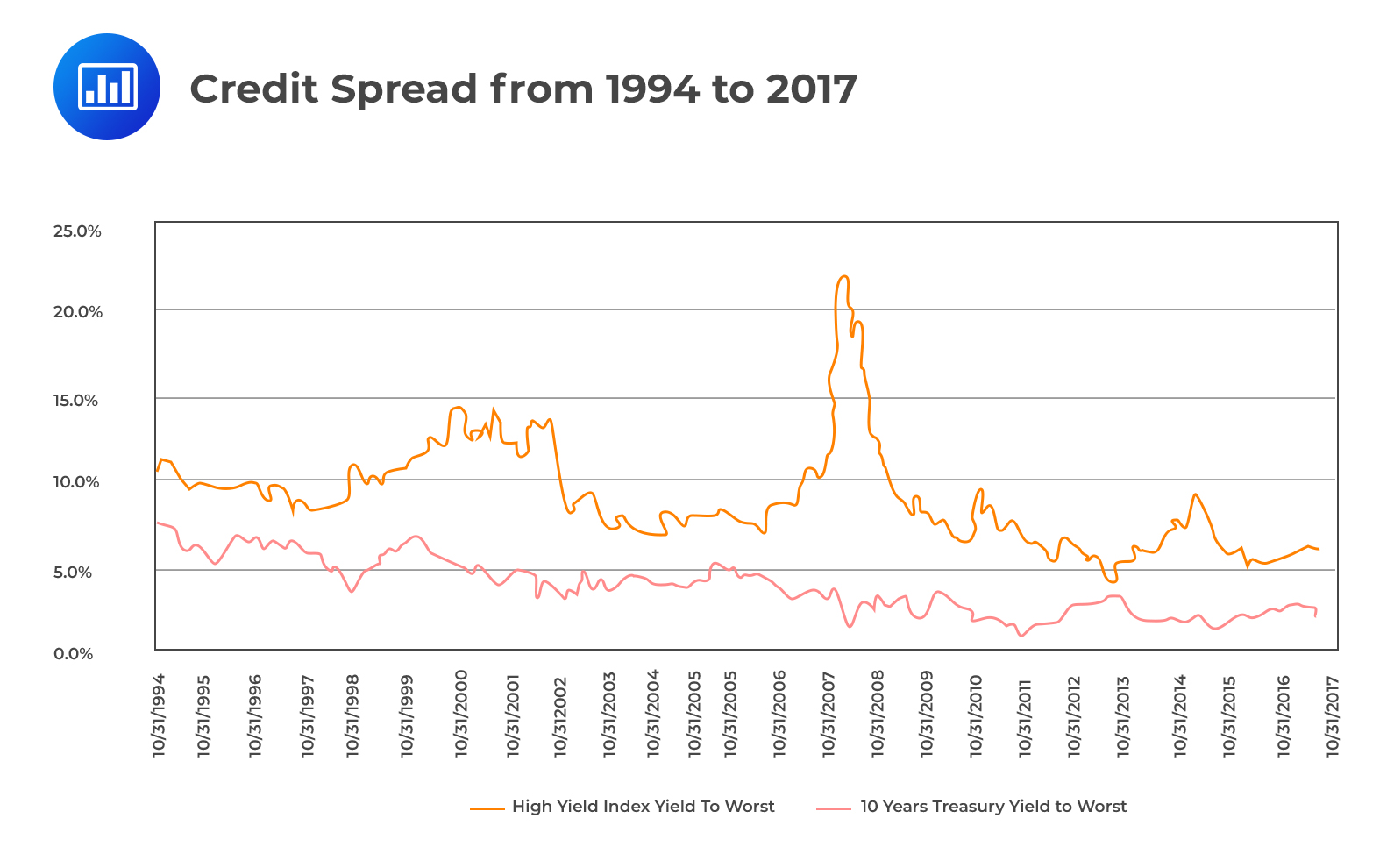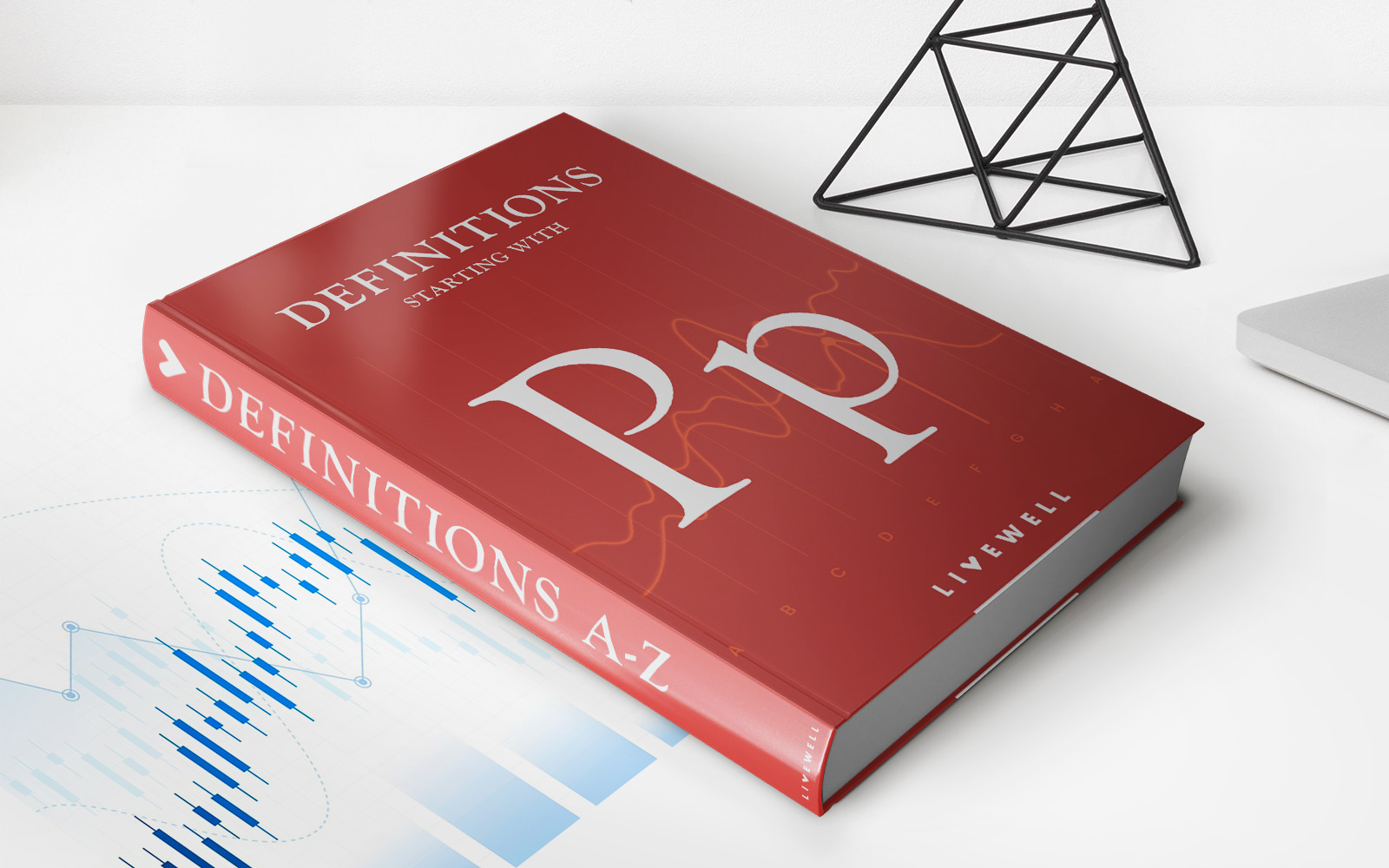

Finance
What Is A DDA Credit
Published: January 13, 2024
Discover the benefits and importance of a DDA credit in the world of finance. Learn how it can help you manage your finances effectively and make informed financial decisions.
(Many of the links in this article redirect to a specific reviewed product. Your purchase of these products through affiliate links helps to generate commission for LiveWell, at no extra cost. Learn more)
Table of Contents
Introduction
Welcome to the world of finance, where concepts like DDA credit play a significant role in the banking sector. If you’re unfamiliar with the term, don’t worry! In this article, we’ll explore what DDA credit is, its key features, benefits, and how it works.
DDA, or Demand Deposit Account, is a type of bank account that allows customers to deposit and withdraw money on demand. It serves as an essential tool for individuals, businesses, and even financial institutions. DDA accounts offer various features, one of which is the DDA credit.
DDA credit refers to the ability to access funds beyond the available balance in the account, effectively allowing account holders to overdraft. This feature can be incredibly useful during times of financial need or emergencies, offering a convenient way to manage cash flow.
DDA credit acts as a short-term loan provided by the bank, which must be repaid within a specified period. It is important to understand that DDA credit is not free money; it incurs interest charges and fees, which will be discussed in detail later.
Now that we’ve laid the groundwork, let’s delve into the key features of DDA credit to gain a better understanding of its functionality and purpose.
Definition of DDA Credit
DDA Credit refers to the facility provided by a bank or financial institution that allows customers to overdraw funds from their Demand Deposit Account (DDA). In simple terms, it enables account holders to make withdrawals or payments even if they don’t have sufficient funds in their account.
When a customer initiates a transaction that exceeds their available balance, the bank covers the shortfall by extending credit to the customer. This credit is known as DDA credit, which acts as a temporary loan to bridge the gap between available funds and the desired transaction amount.
DDA credit typically has a pre-approved limit set by the bank, based on factors such as the customer’s creditworthiness, relationship with the bank, and account history. This limit determines the maximum amount that an account holder can withdraw using DDA credit.
It is important to note that DDA credit is subject to terms and conditions defined by the bank. These conditions may include interest charges, fees, and repayment terms. The interest charged on DDA credit is typically higher than the interest earned on deposited funds, making it important for individuals to use this facility judiciously and repay the borrowed amount promptly.
DDA credit is a valuable tool for managing short-term cash flow needs, providing account holders with the flexibility to meet unexpected expenses or cover temporary shortfalls. However, it is important for customers to remember that DDA credit is a type of debt, and responsible usage is crucial to maintaining a healthy financial standing.
Now that we have a clear understanding of what DDA credit entails, let’s explore its key features in more detail.
Key Features of DDA Credit
DDA credit comes with several key features that make it a valuable tool for account holders:
- Overdraft Facility: DDA credit provides account holders with the ability to overdraw funds from their account, allowing them to make transactions even when they have insufficient funds.
- Pre-approved Limit: Banks set a pre-approved limit for DDA credit based on factors such as the account holder’s creditworthiness, relationship with the bank, and account history. This limit determines the maximum amount that can be withdrawn using DDA credit.
- Convenient Access: Account holders can easily access DDA credit through various channels, including online banking, ATM withdrawals, and check payments.
- Flexible Repayment: Banks typically offer flexible repayment options for DDA credit, allowing account holders to repay the borrowed amount over a specified period. Repayment terms may include minimum monthly payments or full repayment within a certain timeframe.
- Interest Charges: DDA credit incurs interest charges on the borrowed amount, which are typically higher than the interest earned on deposited funds. It is important for account holders to understand the interest rates and factor them into their repayment plans.
- Fees: Banks may impose fees for utilizing the DDA credit facility, such as overdraft fees or transaction fees. It is crucial for account holders to be aware of these fees and consider them when managing their finances.
- Temporary Solution: DDA credit is designed to be a short-term solution for managing cash flow needs. It is ideal for covering unexpected expenses or bridging temporary financial gaps.
These key features make DDA credit a flexible and convenient option for individuals and businesses to access additional funds when needed. However, it is important to use this facility responsibly and understand the risks and considerations associated with DDA credit, which we will explore in the following sections.
Benefits of DDA Credit
DDA credit offers several benefits to account holders, making it a valuable financial tool in managing cash flow. Here are some of the key benefits of utilizing DDA credit:
- Convenience: DDA credit provides account holders with the convenience of making transactions even when they have insufficient funds in their account. This flexibility can be particularly useful in emergencies or unexpected expenses.
- Financial Flexibility: With DDA credit, account holders have the ability to bridge temporary cash flow gaps. This can be beneficial for individuals or businesses facing fluctuating income or unpredictable expenses.
- Avoiding Overdraft Fees: By utilizing DDA credit, account holders can avoid expensive overdraft fees that may be incurred in cases where a transaction is attempted without sufficient funds available in the account.
- Emergency Funding: DDA credit acts as a safety net during emergencies when immediate funds are needed. It provides peace of mind by offering a readily available source of funds to address unexpected financial needs.
- Seamless Transactions: Account holders can seamlessly complete transactions, whether it’s paying bills, purchasing goods or services, or conducting online transactions, without worrying about declined payments due to insufficient funds.
- Boosting Cash Flow: DDA credit can help improve cash flow, especially for businesses that may experience delays in receivables or face temporary liquidity challenges. It allows them to continue operations without disruption.
- Building Credit History: Responsible usage and timely repayment of DDA credit can contribute to building a positive credit history, which can positively impact an individual or business’s overall credit score.
These benefits highlight the advantages of utilizing DDA credit as a financial tool. However, it is essential to bear in mind the potential risks and considerations associated with DDA credit that we will explore in the upcoming sections.
Types of DDA Credit
DDA credit comes in various forms, each tailored to meet the specific needs of different individuals and businesses. Let’s explore the different types of DDA credit:
- Overdraft Protection: Overdraft protection is a common type of DDA credit that helps account holders avoid overdraft fees. With this type of DDA credit, if a transaction is initiated that exceeds the available balance in the account, the bank will cover the difference, effectively granting temporary credit to the account holder.
- Line of Credit: Some banks offer a dedicated line of credit linked to a DDA account. Account holders can access this pre-approved credit line to cover short-term cash flow needs. Interest is charged on the borrowed amount, and repayment terms are defined by the bank.
- Credit Card Cash Advance: Credit cardholders can also access DDA credit in the form of a cash advance. This facility allows users to withdraw cash from their credit card limit, which is then treated as a loan and subject to interest charges. Cash advances usually have a higher interest rate compared to regular credit card transactions.
- Merchant Cash Advance: This type of DDA credit is specifically designed for businesses. Merchants can receive an upfront cash advance based on their future credit card sales. The repayment is typically structured as a percentage of the daily credit card sales.
- Payday Loans: Payday loans are a type of DDA credit that offers short-term borrowing options. These loans are usually for small amounts and require repayment by the borrower’s next payday. They often come with high interest rates and fees, making them a more expensive form of DDA credit.
These are just a few examples of the types of DDA credit available in the financial market. It’s important to evaluate the terms, conditions, interest rates, and fees associated with each type to determine the most suitable option for your specific financial needs.
Now that we have explored the different types of DDA credit, let’s dive into how DDA credit works in practice.
How DDA Credit Works
Understanding how DDA credit works is crucial for effectively utilizing this financial tool. Here’s a step-by-step breakdown of how DDA credit functions:
- Account Evaluation: When you open a DDA account, the bank assesses your creditworthiness and financial history to determine your eligibility for DDA credit. Factors such as credit score, income, and previous banking relationships are taken into consideration.
- Pre-approved Limit: Based on the evaluation, the bank assigns a pre-approved limit for your DDA credit. This limit indicates the maximum amount you can overdraft from your account.
- Transaction Initiation: When you make a transaction that exceeds your available account balance, the bank covers the shortfall by extending DDA credit to you. This allows you to complete the transaction successfully.
- Interest Charges and Fees: DDA credit comes with interest charges, which are applied to the borrowed amount. The interest rate can vary depending on the bank and the type of DDA credit. Additionally, there may be associated fees, such as overdraft fees or transaction fees, which can add to the cost of utilizing DDA credit.
- Repayment Terms: The bank defines the repayment terms for DDA credit. This includes the timeframe in which you must repay the borrowed amount and any minimum monthly repayment requirements. It’s important to adhere to these terms to avoid further fees and penalties.
- Account Monitoring: Banks closely monitor DDA credit utilization and repayment. They may review your account periodically and adjust your credit limit based on your usage, creditworthiness, and account conduct. Consistently responsible usage can lead to an increase in your credit limit over time.
- Repayment Process: It is essential to repay the borrowed amount within the specified timeframe to avoid additional interest charges and potential negative impacts on your credit history. Repayment can be done in full or through minimum monthly payments, depending on the bank’s terms.
By understanding the mechanics of DDA credit and adhering to the terms and conditions set by the bank, you can effectively manage your finances and leverage the benefits of this financial tool.
Now, let’s explore the various uses of DDA credit in different financial scenarios.
Uses of DDA Credit
DDA credit provides account holders with a flexible financial solution that can be utilized in various scenarios. Here are some common uses of DDA credit:
- Emergency Expenses: DDA credit can be a lifesaver during unexpected emergencies, such as medical expenses or car repairs. It allows individuals to cover immediate financial needs when they don’t have sufficient funds available in their account.
- Bill Payments: When faced with upcoming bill payments and a temporary cash flow shortage, DDA credit can help ensure that essential bills, such as utilities or rent, are paid on time. This avoids late payment fees or disruptions in services.
- Business Cash Flow: For small businesses or freelancers, DDA credit can effectively manage cash flow fluctuations. It enables businesses to meet immediate financial obligations, such as paying suppliers or covering payroll, while awaiting receivables.
- Opportunity Investments: DDA credit can be used to seize investment opportunities that may require immediate funds. It allows individuals to capitalize on time-sensitive investments, such as purchasing stocks or participating in limited-time offers.
- Education Expenses: DDA credit can help cover education-related expenses, such as tuition fees or textbooks. It provides a temporary financial bridge for students or their parents until other funding sources, such as scholarships or financial aid, become available.
- Travel and Vacation: DDA credit can be utilized for travel and vacation expenses, ensuring that you can enjoy your trip even if your available funds are insufficient. It covers expenses such as accommodation, transportation, or entertainment.
- Home Improvements: If you have immediate home improvement needs, such as repairs or renovations, DDA credit can provide the necessary funds to get the job done. It allows you to enhance your living space without having to wait until you have enough savings.
These are just a few examples of how DDA credit can be used in different financial situations. However, it’s important to remember that responsible usage and careful consideration of repayment plans are crucial factors in utilizing DDA credit effectively.
Now, let’s explore the potential risks and considerations associated with DDA credit.
Risks and Considerations of DDA Credit
While DDA credit can be a useful financial tool, it’s important to be aware of the risks and considerations associated with its usage. Here are some key factors to keep in mind:
- Interest Charges: DDA credit accrues interest charges on the borrowed amount. The interest rates for DDA credit can be higher than other forms of credit, such as personal loans or credit cards. It’s essential to understand the interest rate imposed by the bank and factor it into your repayment plan.
- Fees: Banks may charge various fees for using DDA credit, such as overdraft fees, transaction fees, or account maintenance fees. These fees can quickly add up, increasing the cost of utilizing DDA credit. It’s important to carefully review the fee structure and consider these costs when deciding to use DDA credit.
- Impact on Credit Score: Late or missed payments on DDA credit can negatively affect your credit score. It’s crucial to make timely repayment to maintain a good credit standing and avoid any potential limitations or higher interest rates on future credit options.
- Debt Accumulation: While DDA credit can provide temporary financial relief, it’s important to use it responsibly. Frequent and continuous reliance on DDA credit can lead to a cycle of debt accumulation, making it difficult to pay off the borrowed amount and potentially leading to financial distress.
- Repayment Ability: Before utilizing DDA credit, assess your ability to repay the borrowed amount within the specified timeframe. Failing to meet repayment obligations can result in additional fees, penalties, and further strain on your financial situation.
- Impulsive Spending: DDA credit can tempt individuals into spending beyond their means due to the immediate availability of funds. It’s important to exercise self-control and only utilize DDA credit for necessary expenses or emergencies.
- Banks’ Discretion: Banks have the right to modify credit limits or revoke DDA credit privileges based on their assessment of your financial standing and account conduct. It’s important to maintain a healthy banking relationship and manage your finances responsibly to ensure continued access to DDA credit.
Considering these risks and exercising caution while utilizing DDA credit will help you make informed financial decisions and avoid potential pitfalls.
Now, let’s conclude our discussion on DDA credit.
Conclusion
DDA credit is a valuable tool in the world of finance, providing account holders with the flexibility to access funds beyond their available balance. Whether it’s for emergencies, cash flow management, or seizing financial opportunities, DDA credit offers convenience and financial relief.
Understanding the key features, benefits, and risks of DDA credit is crucial for responsible usage. It’s important to carefully consider the interest charges, fees, and repayment terms associated with DDA credit before utilizing it. Responsible usage and timely repayment are essential for maintaining a healthy financial standing and avoiding potential negative impacts on your credit history.
DDA credit comes in different forms, such as overdraft protection, lines of credit, or credit card cash advances. Each type offers unique advantages and considerations, catering to various financial needs.
By leveraging DDA credit wisely and using it for necessary expenses, emergencies, or short-term cash flow management, individuals and businesses can benefit from its convenience and flexibility. However, always exercise caution and avoid impulsive spending to prevent falling into a cycle of debt accumulation.
Remember, DDA credit is a financial tool that should be used judiciously, keeping in mind your financial capabilities and long-term financial goals. By understanding the mechanics, risks, and considerations of DDA credit, you can make informed decisions and navigate the world of finance more effectively.
Now it’s time to put your knowledge of DDA credit into practice and make informed financial choices that suit your needs and circumstances.














